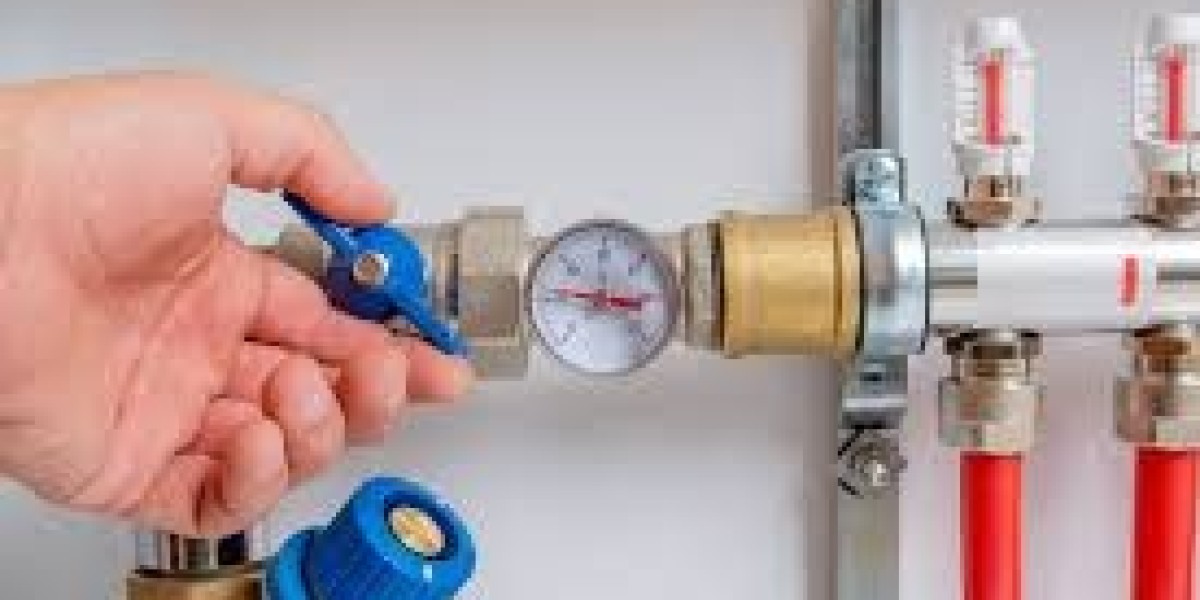Water pressure plays a crucial role in maintaining an efficient and functional plumbing system. Whether you’re washing dishes, taking a shower, or using household appliances, consistent water pressure is essential. However, poor plumbing installation can significantly impact water pressure, leading to frustrating and costly issues. In this article, we’ll explore how faulty plumbing installations can cause water pressure problems and what can be done to fix them.
1. Incorrect Pipe Sizing
One of the most common causes of low water pressure is the use of incorrect pipe sizes during installation. If pipes are too narrow, they restrict water flow, resulting in weak water pressure. On the other hand, pipes that are too wide can lead to inconsistent pressure, especially in multi-story homes where water needs to travel upwards. Proper pipe sizing, based on household water demand and plumbing layout, is essential for maintaining adequate pressure.
2. Poorly Installed Pipe Connections
Improperly connected pipes, whether through incorrect fittings, loose joints, or poor welding, can lead to leaks and pressure drops. Even minor leaks can reduce water pressure over time and increase water wastage. Additionally, if pipes are not securely connected, they may shift or loosen, causing further disruptions in water pressure.
3. Use of Low-Quality Materials
Using substandard materials during plumbing installation can have long-term consequences for water pressure. Cheap plastic pipes may not withstand high water pressure, leading to cracks or bursts. Corrosion-prone metal pipes, like galvanized steel, can deteriorate over time, restricting water flow. High-quality materials such as PEX, copper, or PVC ensure durability and consistent pressure.
4. Improper Placement of Shut-Off Valves
Shut-off valves control water flow within a plumbing system. If they are incorrectly installed, partially closed, or damaged, they can restrict water flow and reduce pressure in certain areas of the home. Ensuring that shut-off valves are correctly positioned and fully open can help maintain proper pressure levels.
5. Excessive Pipe Bends and Long Pipe Runs
Water loses pressure as it travels through pipes, especially when there are multiple bends, turns, and long pipe runs. Poorly designed plumbing layouts with excessive twists and unnecessary extensions can lead to pressure loss before the water reaches its destination. A well-planned plumbing design with minimal bends and direct routes can help maintain strong water pressure.
6. Blockages and Debris in Pipes
Improper flushing of plumbing systems after installation can leave debris, solder, or pipe shavings inside the pipes. Over time, these particles can accumulate and create blockages, restricting water flow and reducing pressure. Regular maintenance and professional flushing after installation can prevent this issue.
7. Inadequate Water Supply Line Installation
The main water supply line is responsible for delivering water to your home. If it’s incorrectly installed or undersized, it can limit the overall water pressure. Issues such as a partially closed main valve, excessive bends, or outdated piping materials can contribute to pressure drops.
8. Airlocks in the Plumbing System
Poor installation can sometimes lead to airlocks, where air becomes trapped in the pipes, disrupting water flow and causing uneven pressure. This issue is more common in systems with improper venting or when pipes are not properly filled with water before use. Bleeding the system or adjusting the plumbing layout can resolve airlock problems.
How to Fix Water Pressure Issues Caused by Poor Plumbing Installation
If you suspect that poor plumbing installation is affecting your water pressure, consider the following solutions:
Hire a professional plumber to inspect and identify the root cause of the pressure issue.
Upgrade outdated pipes with modern materials that provide better flow and durability.
Ensure correct pipe sizing based on the household’s water demand and fixture requirements.
Check for leaks and blockages that might be reducing water flow.
Reconfigure plumbing layouts to minimize bends and improve efficiency.
Install a pressure-boosting system if the water supply pressure is inherently low.
Conclusion
Poor plumbing installation can have a significant impact on water pressure, leading to inconvenience and inefficiency in your home. From incorrect pipe sizing to blockages and airlocks, various factors contribute to pressure issues. Ensuring a professional and well-planned plumbing installation can prevent these problems and keep your water pressure at optimal levels. If you’re experiencing water pressure issues, consulting an expert plumber can help diagnose and resolve the problem effectively.
FAQs
1. How do I know if my water pressure is too low?
If you notice weak water flow in showers, faucets, or appliances, your water pressure may be low. A pressure gauge can provide an accurate reading.
2. Can DIY plumbing installation cause water pressure problems?
Yes, incorrect pipe sizing, improper fittings, or poor layout design in DIY installations can lead to significant water pressure issues.
3. What should I do if I suspect my pipes are too narrow?
Consult a plumber to assess your system and consider replacing undersized pipes with the correct size to improve pressure.
4. How often should I inspect my plumbing system?
Regular inspections every 1-2 years can help identify potential problems before they affect water pressure.
5. Can installing a water pressure regulator help?
Yes, a water pressure regulator can help control pressure levels and protect your plumbing system from excessive pressure fluctuations.



